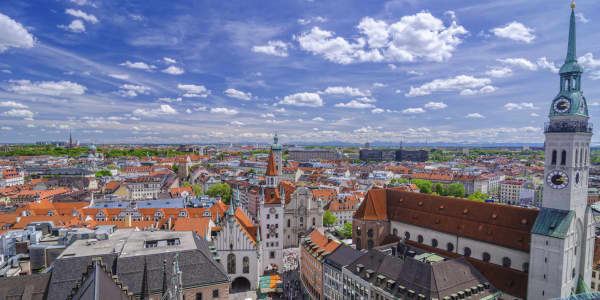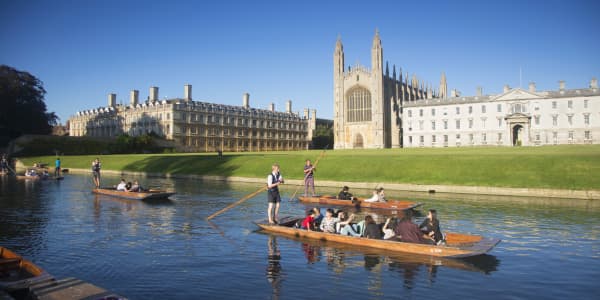The way we power our towns and cities is changing. Solar, wave and wind energy are just some of the renewable sources that could, with time, make our current reliance on fossil fuels a thing of the past.
But what about clean, renewable energy from the planet's lawns, plants, paddy fields and wetlands? It sounds a little outlandish, but for nearly a decade researchers in the Dutch town of Wageningen have been painstakingly working towards that very goal.
Read MoreIs this the world's most innovative city?
Plant-e, a Wageningen University spin-off company, uses technology that enables living plants to generate electricity.
"The idea of the technology is to produce electricity from a new source," David Strik, Assistant Professor at Wageningen University's Sub-department of Environmental Technology, and co-founder and CTO of Plant-e, told CNBC.com in a phone interview.
"At this moment, electricity is produced from a lot of non-renewable sources… what we want to do is turn marshes into electricity plants," he added.
What makes Wageningen so special? "Traditionally it's a very international university," Strik said. "People come from all over the world with all different questions and ideas and ambitions to make the world a better place," he added.
Plant-e technology works by using the organic matter produced by plants when they photosynthesize. Some of this matter ends up in the soil, where naturally occurring bacteria break it down, releasing electrons in the process. These electrons are then 'harvested' for energy using an electrode.
"The basic principle of the technology is that it looks like a battery," Strik said.
At a TEDx talk earlier this year, Marjolein Helder, CEO and co-founder of Plant-e, demonstrated the technology when she showed how a smartphone could be charged using just a plant. And with greenery dotted around the towns and cities we live in, the potential of the technology, according to Helder, is vast.
"You can put it on a roundabout, there are always plants on roundabouts…put it on your roundabout, and light the lights that are on the roundabout," she told an audience at TEDxBinnenhof 2014.
"Or put it on your roof," she added. "We have major problems with storm water retention, with heating up of cities, with bio-diversity in cities. You can put a green roof on your building and produce electricity for the building underneath, while insulating your roof, while increasing bio-diversity."
The work Plant-e has been doing has started to attract serious interest. Earlier this year, the company sold systems to the Dutch state and municipalities of Ede and Wageningen, who will pilot the technology.
Read MoreMalmö: Home of the invisible cycle helmet
Plant-e is also developing a tubular system that can be drilled horizontally into large scale natural areas rich in plant life and water, such as wetlands and paddy fields. According to Helder, 15 percent of the world's wetlands could generate all the electricity our planet needs.
What are the company's ambitions? "What we aim for, what we think is realistic, is to go to one watt, maybe 1.6 watt per square meter," Strik said.
"If you think about a square kilometer – [and] wetlands can be very large – then this is about one megawatt to 1.6 megawatts per square kilometer… a very large wind turbine also produces 1.6 megawatts, and this is enough to power a small village," he added.
Follow us on Twitter: @CNBCWorld




